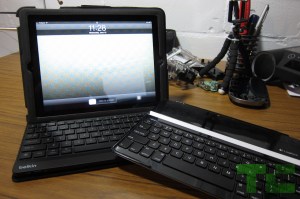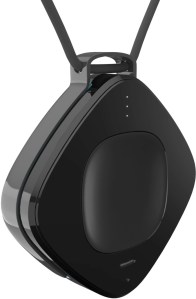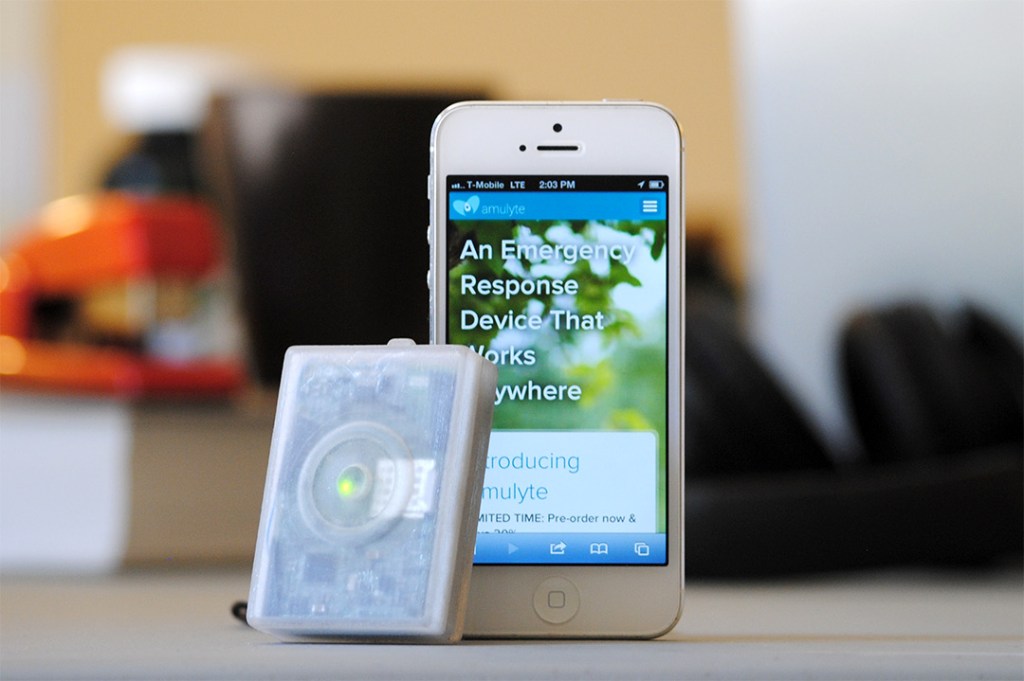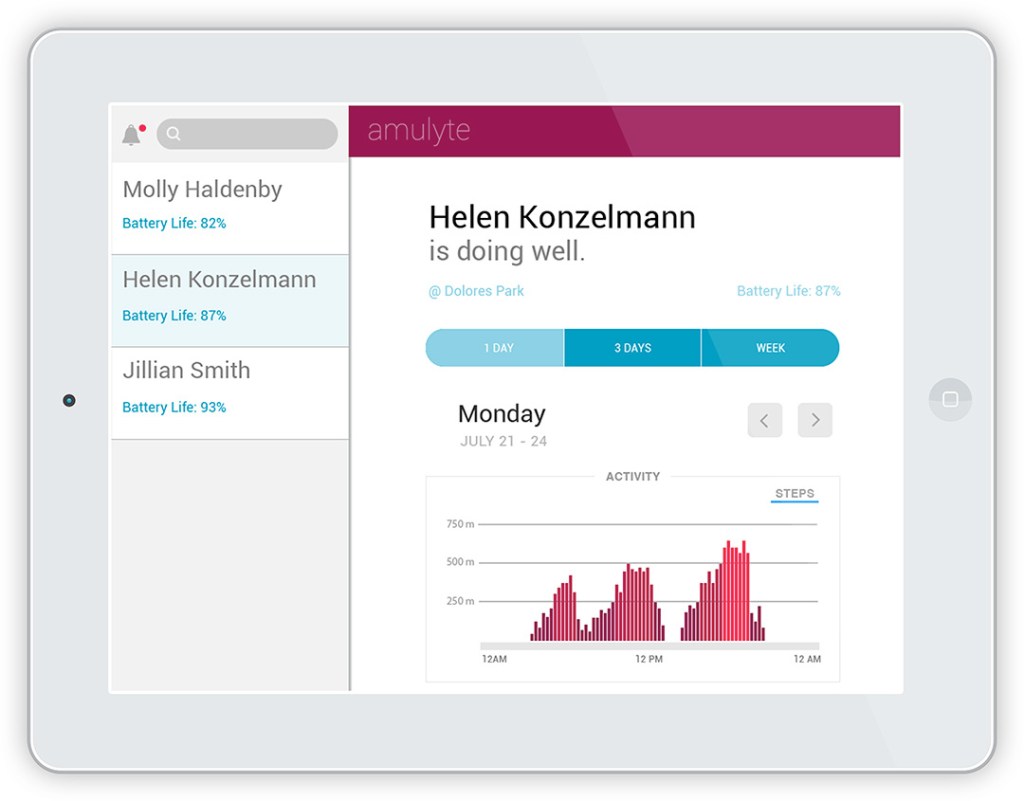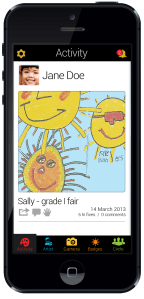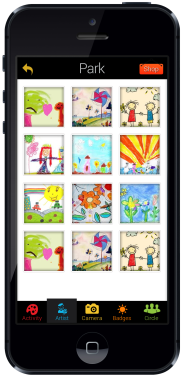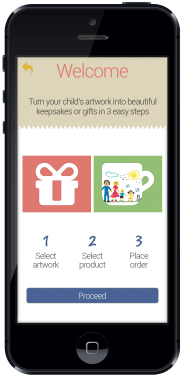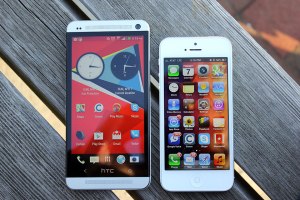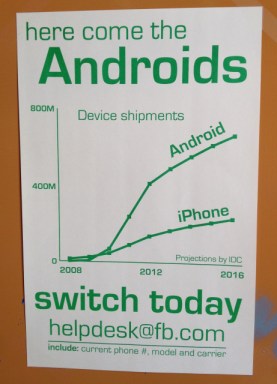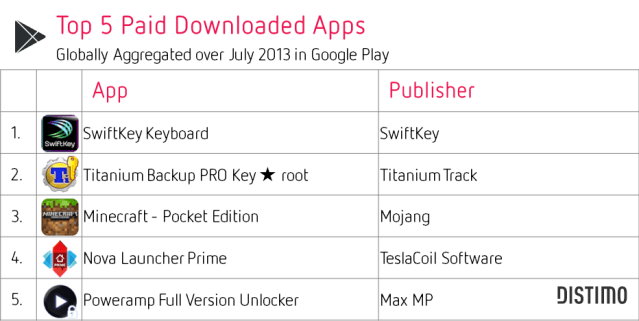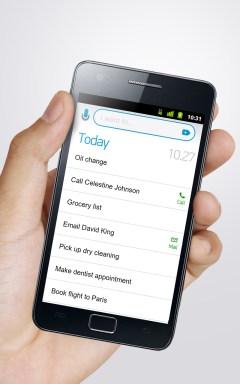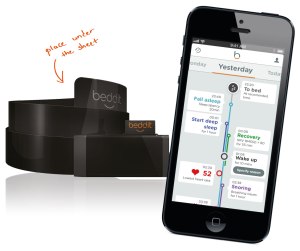Tablets! They’re everywhere you look, and fast replacing PCs, which are suffering dwindling sales. But just because tablets are rising in popularity doesn’t mean enterprise IT departments should go all-in on touch based interfaces. A new Forrester report suggests that people want keyboards with their tablets, however, which makes sense because no matter what anyone says typing on a software keyboard can’t possibly beat using a full-sized notebook QWERTY, in any of all possible universes.
Forrester’s survey of over 1,000 information workers across the U.S. and Europe found that 62 percent of them who either currently or would like to use a tablet at work also want a wireless keyboard, or keyboard dock attachment to use with them. 35 percent want a convertible laptop device, and another 34 percent say they’d like to use tablets where needed and then just switch back to a standard computer when doing plenty of typing.
That’s potentially good news for the non-Apple tablet market, since OEMs like Asus and Xplore (which just ranked third in a tablet vendor survey aimed at business by ABI research) that make tablet devices with alternate form factors and keyboard attachments. But before Microsoft reads too much into this in terms of seeing it as a bright spot for Surface tablets, it needs to go look at the sales and performance of those devices, and Windows RT in particular, and realize that no. Just no.
This is probably better news for makers of tablet-specific keyboard accessories – there’s likely a huge market to be had just selling into enterprise and business settings to help outfit current iPad deployments with the keyboards workers crave. Also, there’s room for a true category-bridging device to make waves yet.
Forrester’s survey of over 1,000 information workers across the U.S. and Europe found that 62 percent of them who either currently or would like to use a tablet at work also want a wireless keyboard, or keyboard dock attachment to use with them. 35 percent want a convertible laptop device, and another 34 percent say they’d like to use tablets where needed and then just switch back to a standard computer when doing plenty of typing.
That’s potentially good news for the non-Apple tablet market, since OEMs like Asus and Xplore (which just ranked third in a tablet vendor survey aimed at business by ABI research) that make tablet devices with alternate form factors and keyboard attachments. But before Microsoft reads too much into this in terms of seeing it as a bright spot for Surface tablets, it needs to go look at the sales and performance of those devices, and Windows RT in particular, and realize that no. Just no.
This is probably better news for makers of tablet-specific keyboard accessories – there’s likely a huge market to be had just selling into enterprise and business settings to help outfit current iPad deployments with the keyboards workers crave. Also, there’s room for a true category-bridging device to make waves yet.




